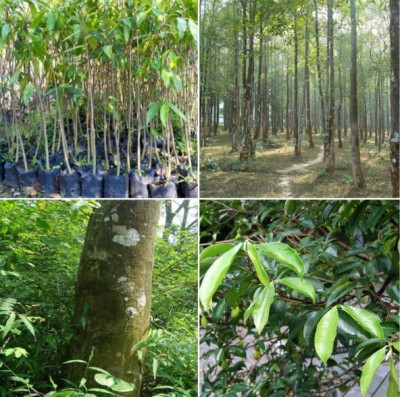Agarwood, locally called Sasi Gos or xasi gos in Assam, is one of the most valuable forest products in the world. Assam has been a natural home of Agarwood for centuries, and certain regions of the state are especially famous for large-scale cultivation. Agarwood (locally known as "sasi gos" or "xasi" in Assamese) cultivation is primarily concentrated in the upper Assam region, specifically in areas like Hojai, Golaghat, Jorhat, and Sivasagar districts. The region experiences a humid subtropical climate with high rainfall, which is suitable for the growth of Aquilaria trees.
Agarwood trees have been traditionally cultivated in home gardens alongside other crops, making it a common and integrated part of the local agricultural landscape.
Major Agarwood Cultivation Areas in Assam
Hojai District – Known as the hub of Agarwood in Assam, Hojai has the largest concentration of Agarwood plantations and processing units.
Nagaon District – The fertile alluvial soil and favorable weather conditions make Nagaon a leading region for Agarwood farming.
Karbi Anglong – Its hilly terrain and tropical climate support the healthy growth of Agarwood trees.
Golaghat - Jorhat and Sivasagar – These districts also cultivate Agarwood, though on a smaller scale, contributing significantly to Assam’s Agarwood economy.
Why These Regions Are Ideal for Agarwood Cultivation?
Climate Suitability: Assam’s hot and humid subtropical climate is perfect for Agarwood trees to grow.
Soil Type: Alluvial soil with good drainage supports healthy tree growth.
Traditional Knowledge: Communities in Hojai and Nagaon have inherited traditional techniques of Agarwood cultivation and resin extraction.
Economic Demand: Due to high international demand, these areas developed into trading centers for Agarwood oil and wood.
Economic Significance
The concentration of Agarwood cultivation in these districts has boosted Assam’s export economy, providing livelihood opportunities to thousands of farmers. Hojai, in particular, is often called the “Agarwood Capital of Assam.”


